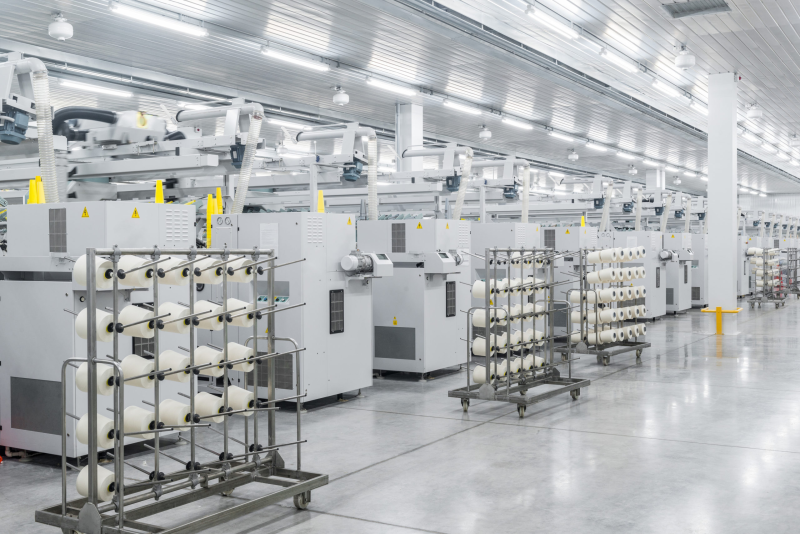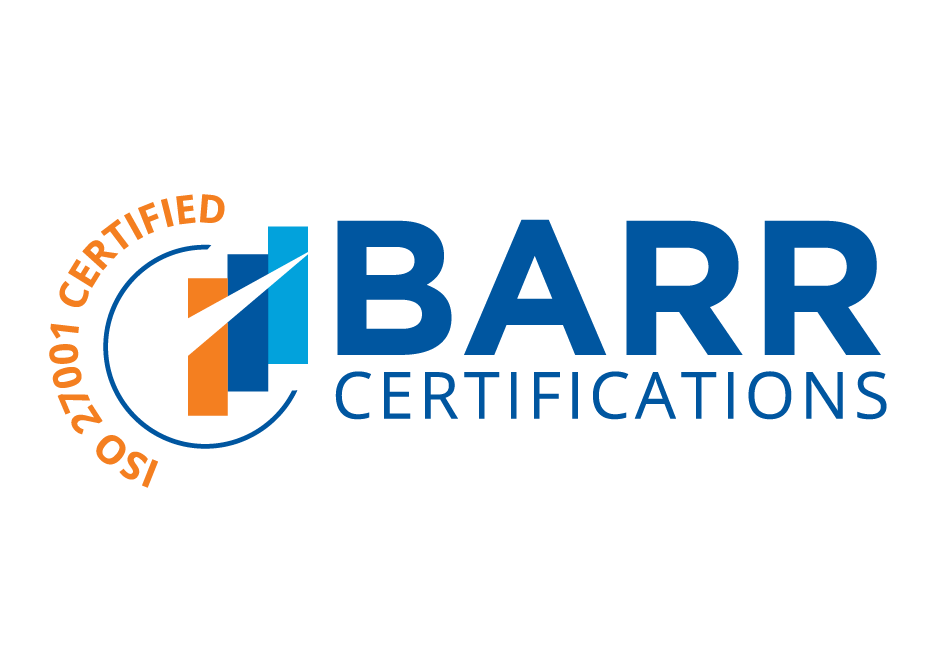
Many manufacturers have started to realize the long-term benefits of digital transformation, with some of the most significant catalysts for this on-going transformation being higher customer expectations, rising material and labor costs and increased supply chain complexity, enabled by increased connectivity and technological improvements.
In total, the potential for digital transformation of the manufacturing market was valued at USD 263.93 billion in 2020 and is expected to reach USD 767.82 billion by 2026 and work at a CAGR of 19.48 percent over the forecast period 2021-2026. To begin their transformation journey, industrial organizations have started by deploying new technologies, such as IoT, edge computing, advanced analytics including AI, cloud, new connectivity standards, digital twin, robotics, and more.
This rise in adoption of technology within the manufacturing sector has led to what is now being known as “Industry 4.0,” which has revolutionized how manufacturers make and deliver their products, including leveraging new capabilities such as predictive manufacturing. This involves the specific use of data collection, descriptive analytics and data visualizations to provide real-time monitoring and improvement of operations, asset health and reliability.
Enabled by technologies such as IoT and AI, the rise of Industry 4.0 in general is driving increased volume, sophistication, and accuracy of data, which is creating new digital opportunities for predictive manufacturing. Today, close to 99% of data goes unanalyzed because organizations either don’t know where to start or find the data quality so poor that it would take more cleansing up front than it’s worth. However, new technologies such as edge computing enable manufacturers to more effectively implement predictive manufacturing solutions by addressing the data explosion at the source, garnering insights in real-time and only backhauling what makes sense to retain for further analysis and storage.
The Benefits of Predictive Manufacturing: For Company and Employee
The obvious strengths for the predictive manufacturing concept include increased visibility, efficiency, and quality, but also extend into employee safety and customer satisfaction.
From the company’s perspective, predictive manufacturing can help lower overall costs. Digital performance management can automate the generation and presentation of the key metrics and qualitative information that companies use in their maintenance and quality programs. On top of this, advanced analytics can also help to accelerate and standardize the cost-benefit analyses and decision-making that underpin maintenance and reliability activities, helping teams choose the right maintenance strategy such as run-to-fail, planned preventative maintenance, or condition-based maintenance for each asset.
For the employees, predictive manufacturing can extend their engineering capabilities. An engineer can leverage computer vision to visually inspect part quality while simultaneously ingesting data from the PLCs and sensors on the machinery producing those parts. By analyzing the mashup of this data, both the production supervisor and quality engineer would know what was happening with the machines that produced the part when a camera detected a flaw. As more data is collected, machine learning models can be trained and deployed on site to look for similar trends and predict potential quality issues, which can serve to augment the capabilities and knowledge of existing engineering personnel. Meanwhile, digital twin technology can help engineers better compare the differences between as-designed, as-built and as-operating for their manufacturing environments and products.
Predictive manufacturing can even help keep employees safe while they’re out and about on the factory floor, by providing manufacturers with a holistic view of their daily operations and any potential risks. By enabling predictive analytics to drive efficiencies beyond a single asset or worker, manufacturers can regularly monitor the machines, gaining insights about their condition, and reducing the number of unexpected and catastrophic equipment failures. This early warning of machine and system problems in turn reduces the risk of employees getting hurt by faulty equipment. Additional safety solutions include leveraging geo-location to detect when workers are in hazardous areas and sensing to monitor for proper lifting, identifying and warning about potential collisions between forklifts and workers, and detecting the presence of harmful chemicals.
Where to Start when it Comes to Predictive Manufacturing
While the benefits of predictive manufacturing make it easy to embrace the idea of digital transformation, starting the shift can be tough for manufacturers who lack the domain knowledge. In order for manufacturers to maximize resources for their digital transformation journey, the recommended best practice today is to invest in consistent, open infrastructure for data ingestion, management and security and then build or buy the right domain-specific applications to deliver value on top.
A focus on domain knowledge and necessarily unique hardware and software instead of reinventing the plumbing enables organizations to get started on the right path with a holistic and scalable approach to predictive manufacturing. A holistic approach in this scenario means predictive analytics spanning from a company’s supply chain to manufacturing process to customers’ use of their products in the field, which enables a manufacturer to perform optimizations across their overall operations.
Finally, given the importance of taking a holistic point of view to capitalize on predictive manufacturing efforts, it’s very important to establish a tight relationship between these efforts and broader enterprise digitization. Digital transformation is here to stay, as the world continues to push forward into a new digital age. Because of this, making sure to pair predictive manufacturing technology with other devices and tools that help optimize the process is essential, for both keeping up with competition, and meeting customers’ growing expectations.
ZEDEDA Can Help
ZEDEDA provides our customers with a flexible, pay-as-you-go orchestration system that enables visibility, control, and security for hardware and applications at the distributed edge. This foundation solves the complex challenges that often complicate rollouts of edge technologies like predictive manufacturing, such as bandwidth availability, latency limitations, and unique security and privacy requirements. Customers are able to implement the analytics, AI, and other applications of choice alongside any existing, legacy applications in VMs, containers, or clusters, and as well as connect to any cloud or on-premises system for further data processing or analysis.
By making the deployment and ongoing management of edge computing projects effortless, ZEDEDA customers are able to instead focus on the value to be gained from their data at the edge, driving operational efficiency, optimizing performance and cost, and even opening new revenue streams. Digital transformation is a requirement for organizations that want to maintain their competitive edge or future relevance, and building an extensible and flexible foundation for edge computing will be a key part of their success.




